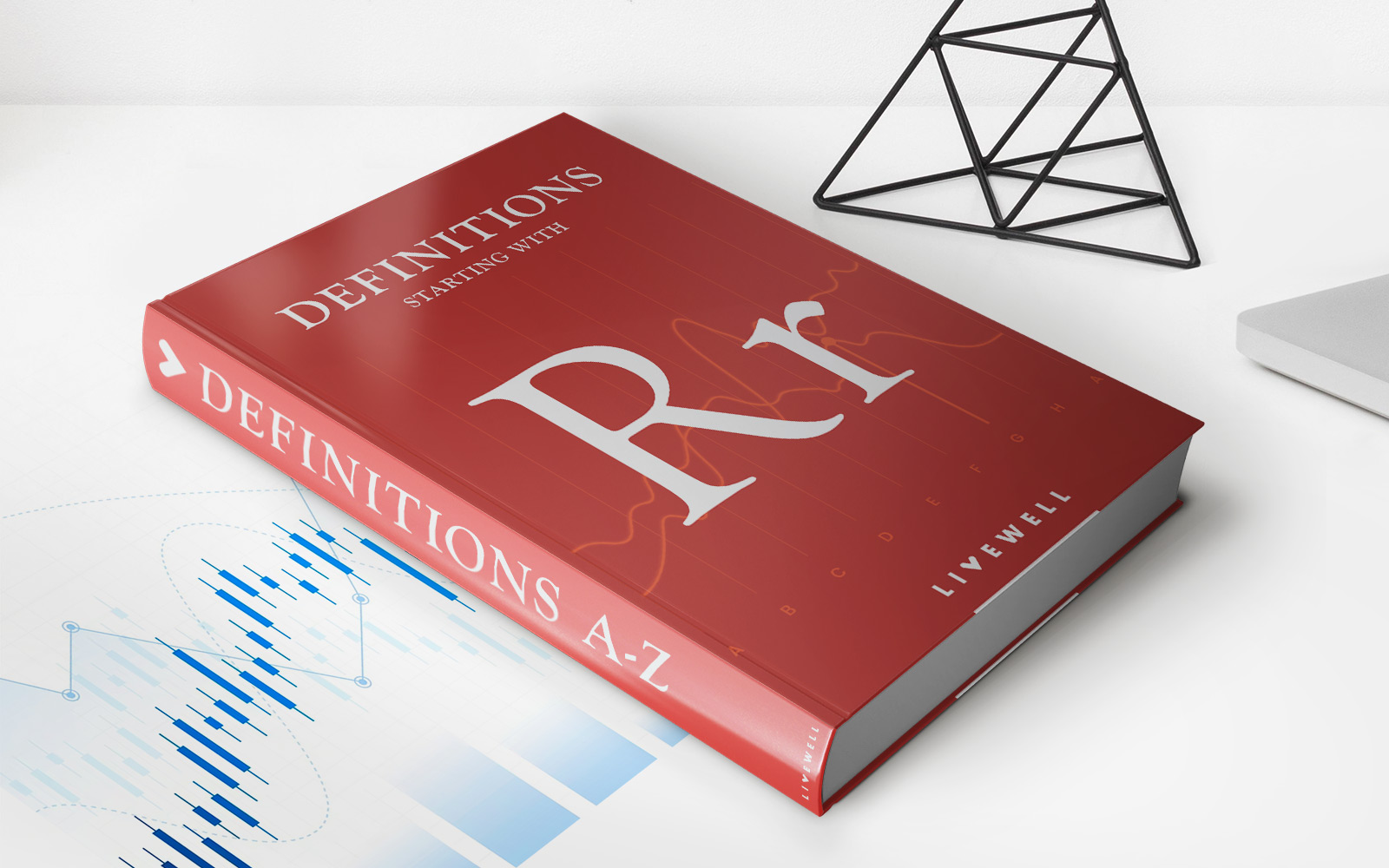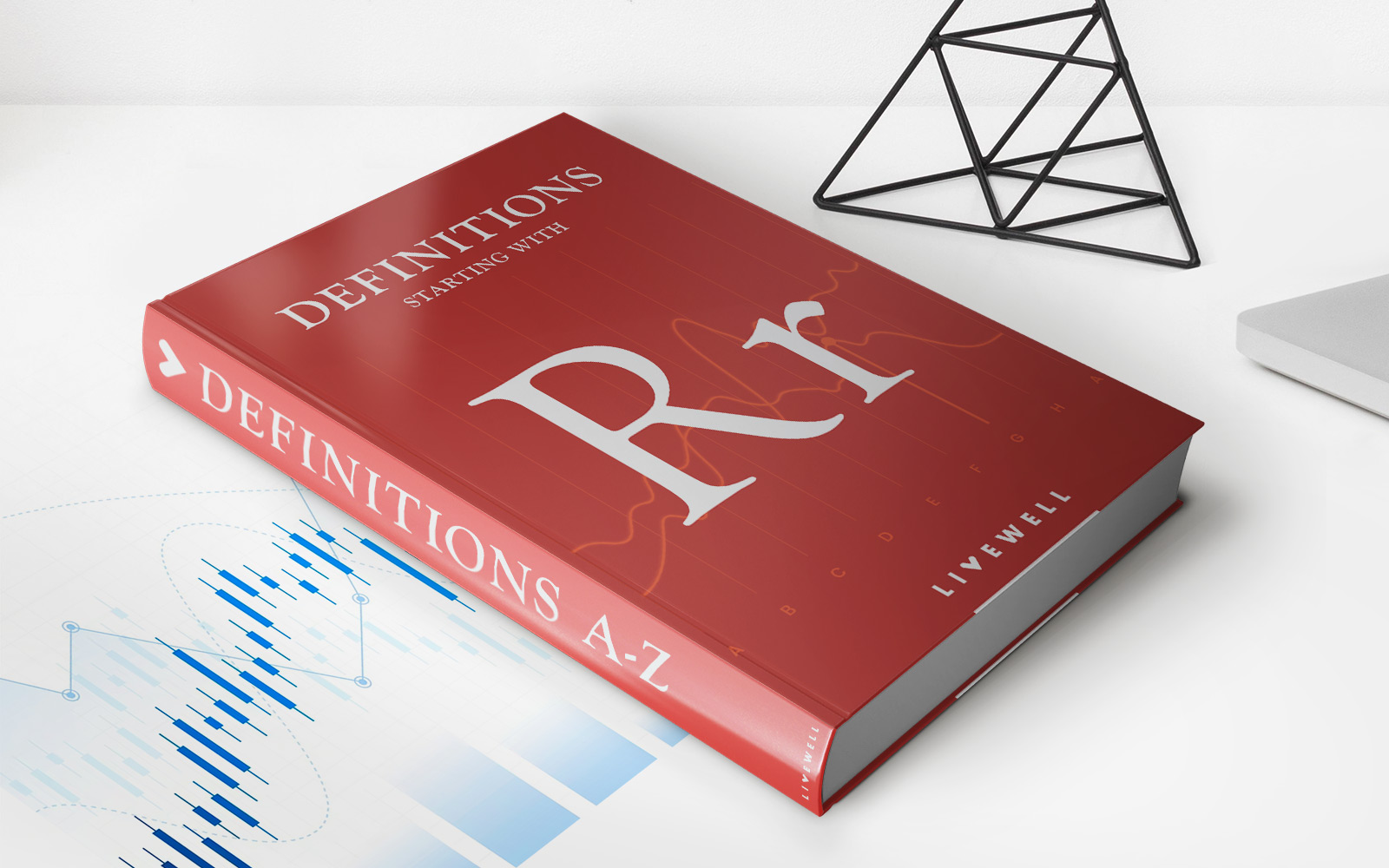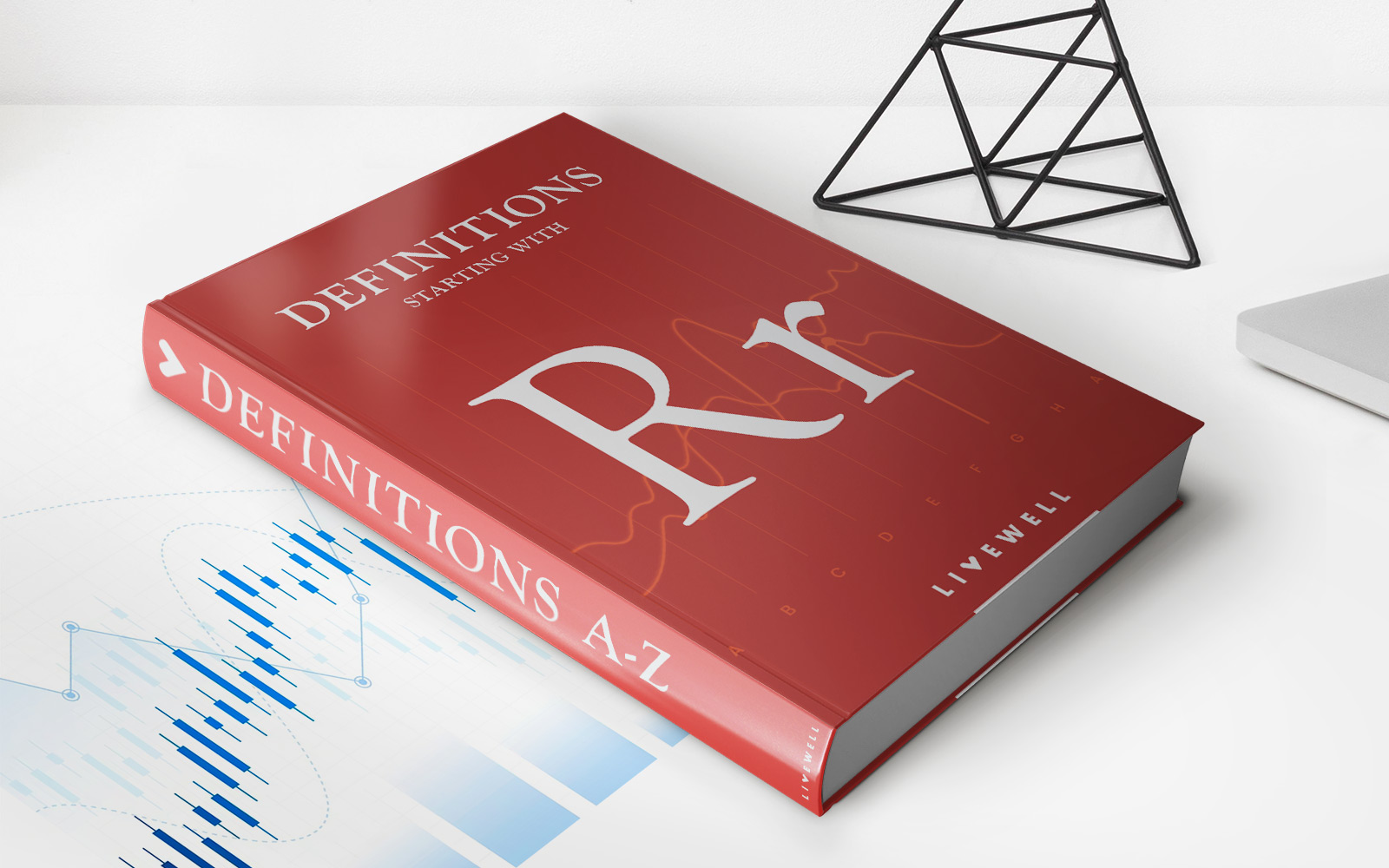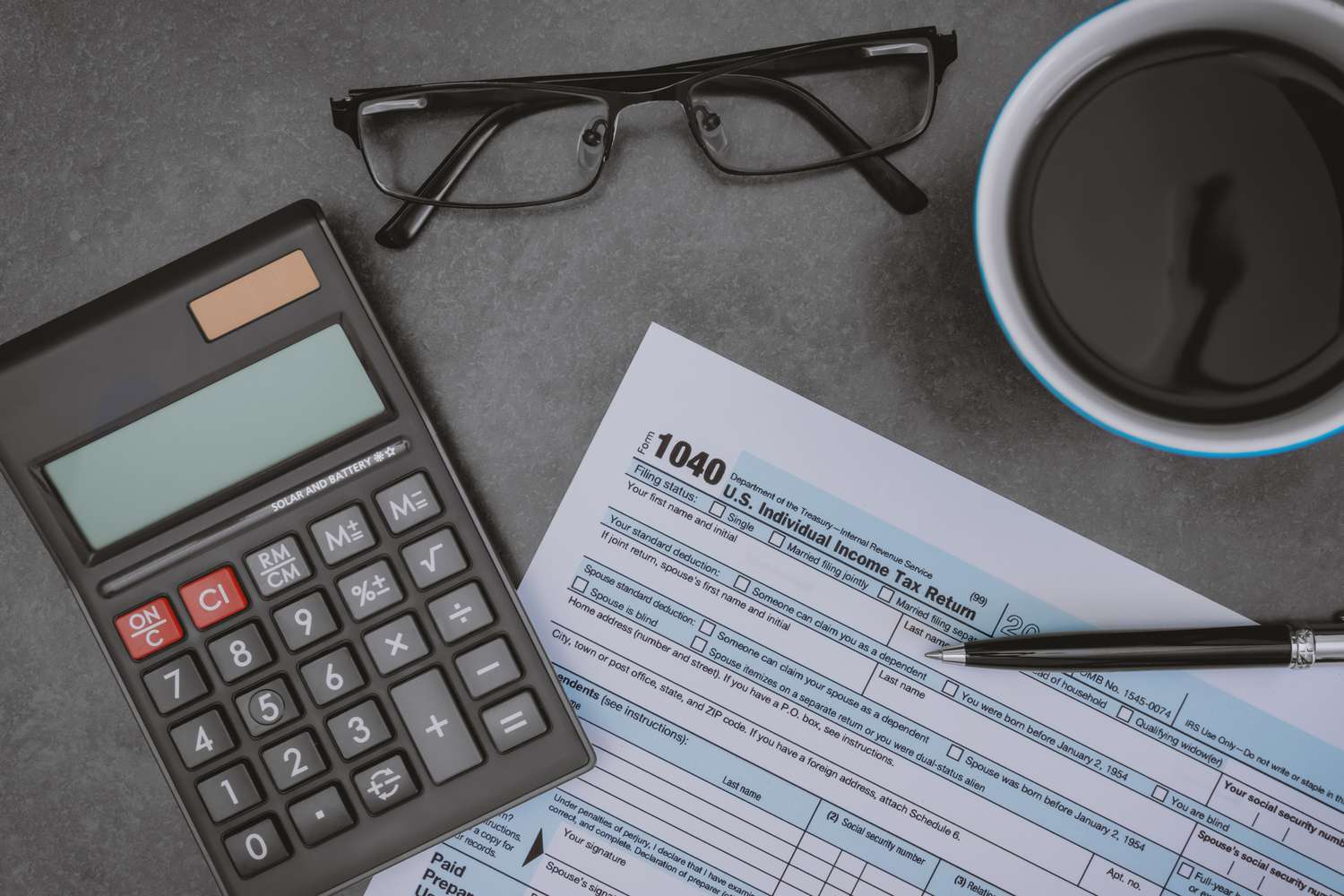Home>Finance>Right Of Redemption Definition And How To Exercise The Right


Finance
Right Of Redemption Definition And How To Exercise The Right
Published: January 21, 2024
Learn the definition and process of exercising the right of redemption in finance. Discover how to regain ownership after defaulting on a mortgage or other debts.
(Many of the links in this article redirect to a specific reviewed product. Your purchase of these products through affiliate links helps to generate commission for LiveWell, at no extra cost. Learn more)
Understanding the Right of Redemption in Finance
Welcome to the Finance section of our blog! In this post, we will explore the concept of the Right of Redemption in the context of finance, explaining its definition and how to exercise this right. Whether you are a homeowner facing foreclosure or a potential investor, understanding the Right of Redemption can be crucial in making informed decisions. So, let’s dive in!
Key Takeaways:
- The Right of Redemption allows a borrower to reclaim their property after it has been foreclosed.
- Exercising the Right of Redemption typically involves paying off the outstanding debt, including interest and associated costs.
Defining the Right of Redemption
The Right of Redemption is a legal provision that allows a borrower or homeowner to regain ownership of their property after it has been foreclosed upon. In simple terms, it gives individuals a second chance to redeem their property by repaying the outstanding debt, along with any associated fees and interest.
This right is usually available to property owners who have gone through the foreclosure process and have lost their homes due to unpaid mortgage payments. While specific laws and regulations regarding the Right of Redemption may vary from country to country, it is essential to consult with a legal professional or financial advisor to understand the specific provisions applicable to your situation.
Exercising the Right of Redemption
If you find yourself in a situation where you want to exercise the Right of Redemption, the following steps may help guide you through the process:
- Evaluate the time frame: The Right of Redemption is typically time-limited, meaning there is a specific period during which you can exercise this right. Determine how much time you have left to take action.
- Assess the outstanding debt: Calculate the total amount owed, including the mortgage principal, interest, legal fees, and any other associated costs. Contact your lender or consult legal counsel to obtain a clear understanding of the outstanding debt.
- Arrange financing: Once you have assessed the outstanding debt, you will need to secure financing to pay off the amount owed. This could be through personal funds, a new loan, or other financial arrangements.
- Notify the relevant parties: Inform your lender and any other involved parties, such as trustees or court-appointed officials, of your intent to exercise the Right of Redemption. Be prepared to provide evidence of your ability to pay off the debt.
- Settle the debt: Proceed to fulfill the financial obligations by paying off the outstanding debt in full, adhering to the terms set by the lender or the relevant legal authorities.
It is important to note that exercising the Right of Redemption may incur additional costs, such as legal fees. The specific process may also vary depending on your jurisdiction, so it is crucial to seek professional advice to navigate this complex legal landscape successfully.
In Summary
The Right of Redemption provides individuals with an opportunity to reclaim their property after foreclosure by repaying the outstanding debt and associated costs. Understanding this right and the steps involved in exercising it is essential for homeowners facing foreclosure or potential investors interested in distressed properties. Remember to consult with legal professionals or financial advisors to ensure you fully comprehend the specific provisions applicable to your situation.
Thank you for visiting our Finance blog! If you found this article helpful, be sure to explore our other informative posts on various financial topics.














